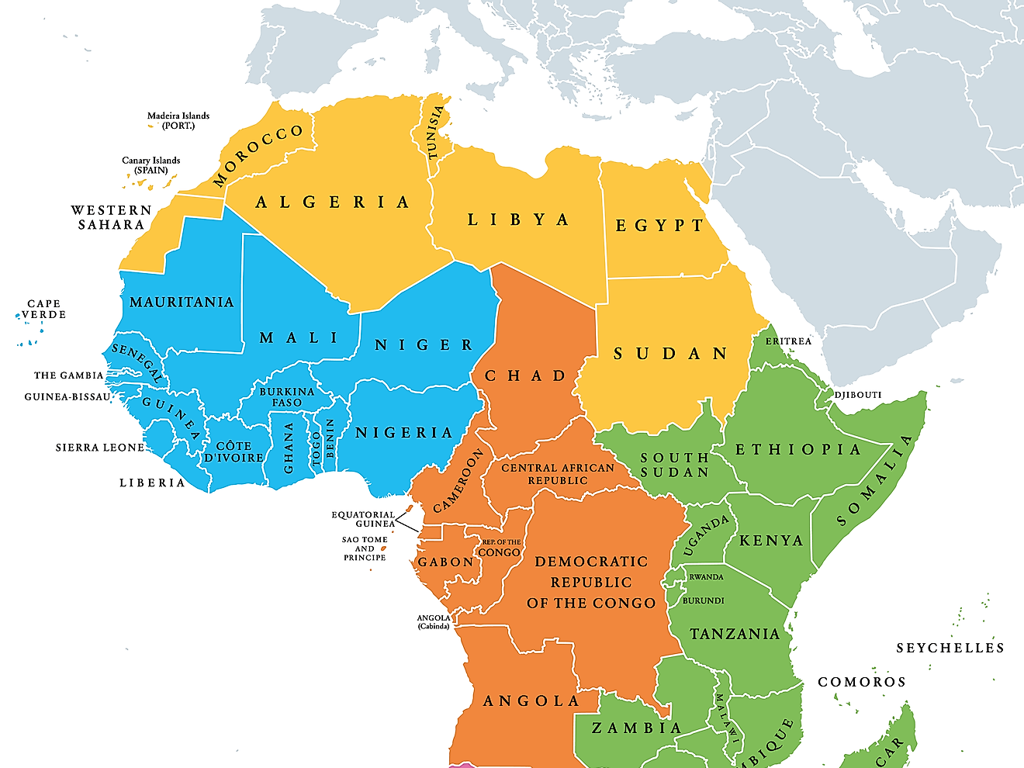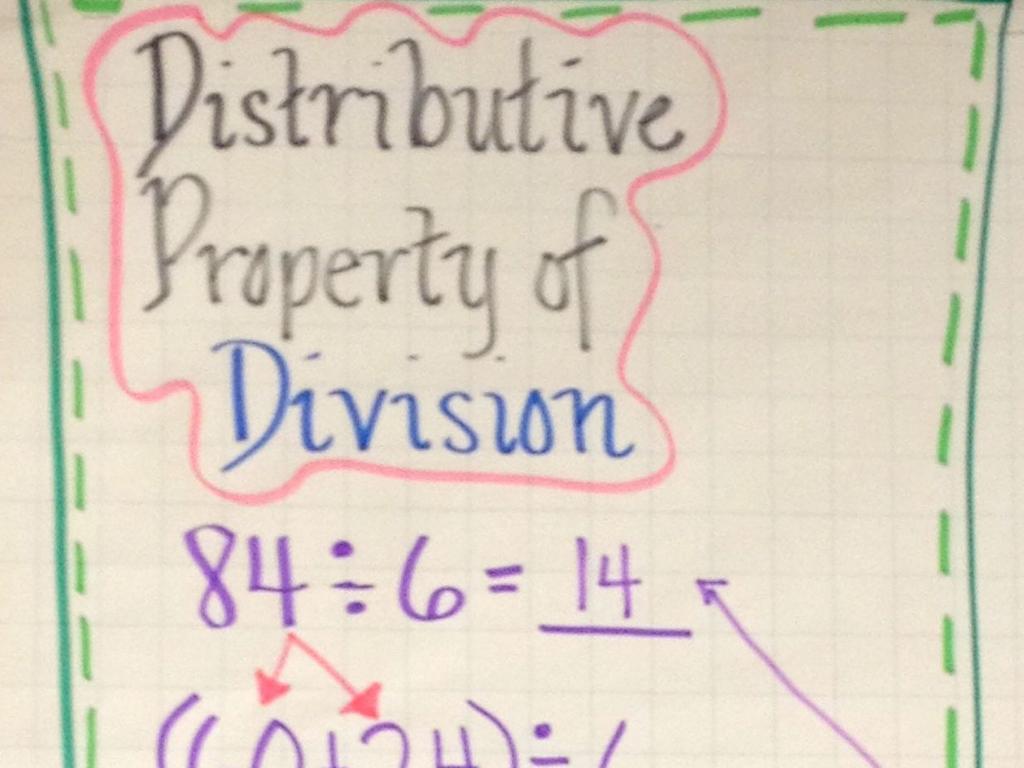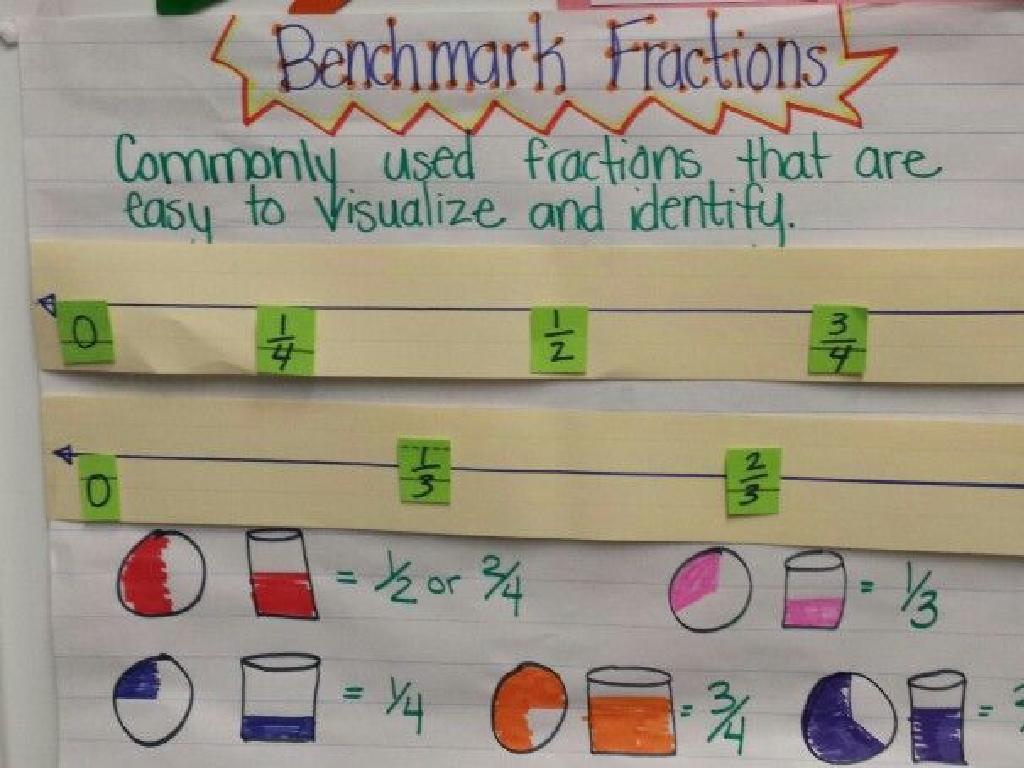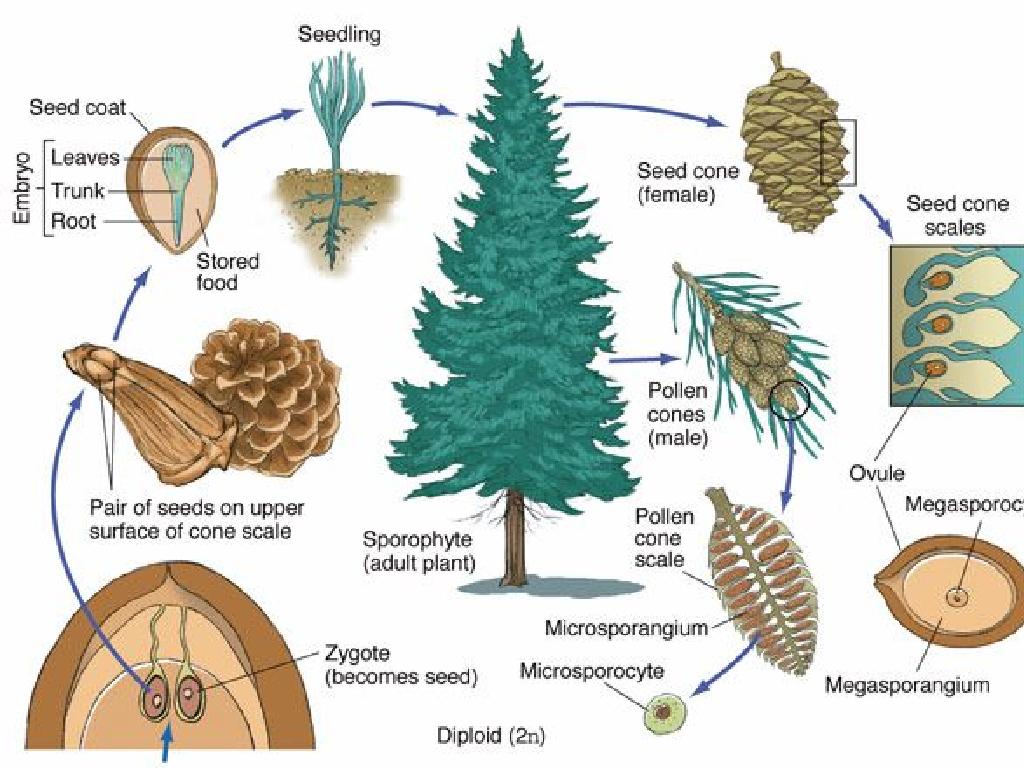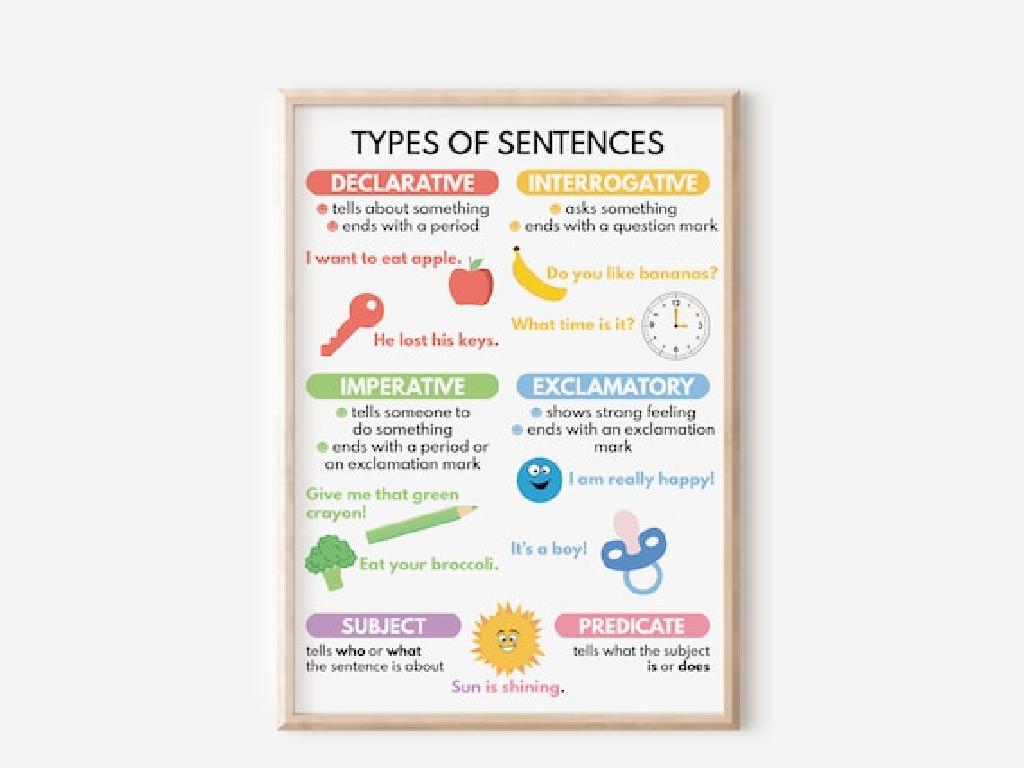Circles
Subject: Math
Grade: Pre-k
Topic: Flat Shapes
Summary: Discover the world of circles in this engaging Pre-K math lesson on flat shapes! Young learners explore the unique features of circles-round with no corners-and identify them in everyday objects like clocks, wheels, and cookies. Through interactive activities like a circle hunt, drawing, and crafts, students develop shape recognition and fine motor skills. The lesson wraps up with story time and creative projects, making circle learning fun, visual, and memorable.
Please LOG IN to download the presentation. Access is available to registered users only.
View More Content
Welcome to Flat Shapes: All About Circles
– Circles are round flat shapes
– No corners or edges in a circle
– Everything at the same distance from the center
– Like the center of a bike wheel to the edge
– Find circle-shaped things around us
– Clocks, wheels, and cookies are circle-shaped
|
This slide introduces the concept of circles to Pre-K students. Begin by explaining that a circle is a round shape that looks the same from all sides because every point on its edge is the same distance from the center. Emphasize that unlike squares or triangles, circles do not have corners or edges. Use tangible examples like a clock, a wheel, or a cookie to help children identify circular objects in their environment. Encourage the students to look around the classroom or at home for objects that are shaped like a circle. This activity will help them recognize circles in everyday life and understand the basic properties of this flat shape.
What is a Circle?
– A circle is perfectly round
– No corners or edges in a circle
– Points on edge are equally distant
– From the center, all edges are the same distance
– Center: the middle point of a circle
– It’s like the circle’s belly button!
|
This slide introduces the basic concept of a circle to Pre-K students. Emphasize the round shape of a circle and explain that unlike a square or a triangle, a circle does not have any corners or edges. Use a variety of real-world objects to illustrate circles, such as a clock face, a pizza, or a wheel. Explain that all points on the edge of a circle are the same distance from the center, which is the middle point of the circle. You can compare the center of a circle to the belly button on a person’s tummy to make it relatable and easier to understand. Encourage the children to draw circles and identify circular objects in the classroom or at home.
Circles in Our World
– Find circles around us
– Circles in the classroom
– Look for circle shapes in our room
– Circles outside
– Notice circle shapes outdoors
– Common circle objects
– Clocks, wheels, cookies are circles
|
This slide is aimed at helping Pre-K students recognize and identify circles in their immediate environment. Encourage the children to look around the classroom to find objects that are shaped like circles, such as the clock on the wall, the rug, or the bottoms of cups. Then, take them outside or ask them to recall from memory where they have seen circles, like wheels on cars, bubbles, or the sun. Highlight everyday objects that are circular, such as cookies, coins, and buttons, to reinforce the concept. The activity will help students understand that the shape is common and can be found in many different places and objects. It’s a fun way for them to connect classroom learning with the real world.
Drawing Circles
– How to draw circles
– Using a compass
– A tool with two arms; one with a point and other with a pencil to draw arcs.
– Tracing round objects
– Find objects like cups or lids to outline a circle on paper.
– Let’s draw circles together!
|
This slide introduces the concept of drawing circles to Pre-K students. Start by explaining that a circle is a round shape with no corners. Demonstrate how to use a compass, showing that one end stays in the center while the other end, with a pencil, moves around to create a circle. Also, show them how to trace around everyday objects to make circles. Encourage the children to practice by tracing or drawing circles on paper, which will help develop their motor skills and understanding of shapes. Provide a variety of round objects for them to trace and let them experiment with different sizes. This activity can be both fun and educational, reinforcing their recognition of circular shapes in the world around them.
Circle Art Creation
– Circles are fun shapes!
– We can make art with circles
– Think of circles in daily life, like wheels or cookies
– Use circles of all sizes
– Big circles, small circles, all circles are great
– Choose many colors
– Red, blue, yellow, green – what’s your favorite?
|
This slide introduces a fun and interactive art activity focused on circles. Encourage the children to think of circles they see every day and use that as inspiration. Provide them with various materials like colored paper, scissors, and glue to create a collage or a picture using circles of different sizes. This activity will help them recognize and differentiate circles while also allowing them to explore their creativity. Make sure to have a variety of colors to make the activity visually stimulating. As they work, discuss the properties of circles and how they are all around us in the world.
Circle Hunt Activity
– Let’s search for circles
– Draw circle-shaped items
– Use crayons or markers to draw
– Share your circle finds
– We’ll show our drawings to the class
– Have fun exploring shapes
– Remember, circles are round and have no corners!
|
This activity is designed to help Pre-K students recognize and understand the shape of a circle in a fun and interactive way. Encourage the children to look around the classroom and identify objects that have a circular shape. Provide them with drawing materials and ask them to draw the items they find. Once everyone has finished their circle hunt, gather the class and allow each student to present their drawings, discussing the circular items they discovered. This will reinforce shape recognition and give them a sense of accomplishment. Possible variations of the activity could include finding circles in magazines, creating circle collages, or even a circle scavenger hunt outside the classroom if time and supervision allow.
Circle Story Time
– Listen to a circle-themed story
– Notice circles in the story
– Pay attention to how circles appear in the tale
– Think about circles around us
– Can you find circles in your room or house?
– Share your circle thoughts
– We’ll talk about the circles you’ve noticed after the story
|
This slide is designed to conclude our lesson on circles with an engaging story that incorporates the day’s topic. Choose a children’s book that features circles prominently in the narrative or illustrations. As you read, pause to point out the circles and discuss their significance within the story. Encourage the children to actively listen and observe how circles are used throughout the tale. After the story, facilitate a discussion where the children can share their thoughts and observations about circles. Ask them to think about where they see circles in their daily lives and to share examples. This activity will help reinforce their understanding of circles and encourage them to apply their knowledge to the world around them.
Celebrating Circles!
– Circles are everywhere
– Look around, can you spot any circles?
– They are important shapes
– Wheels, clocks, and cookies are circles
– You did a great job today
– Keep looking for circles
– Maybe you’ll find circles in your favorite games
|
This slide is meant to wrap up the lesson on circles, reinforcing the idea that circles are a fundamental part of our environment. Emphasize how common and crucial circles are by pointing out everyday objects that are circular. Congratulate the students on their hard work during the lesson and encourage them to continue observing the world around them for circles. This will help solidify their understanding of the shape and its relevance. As a follow-up activity, you could ask students to bring in pictures or items that are circles to the next class to share with their peers.

